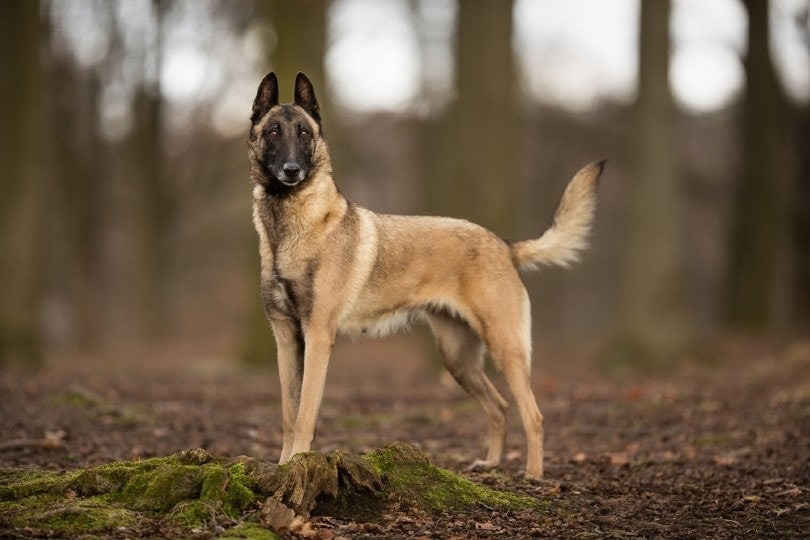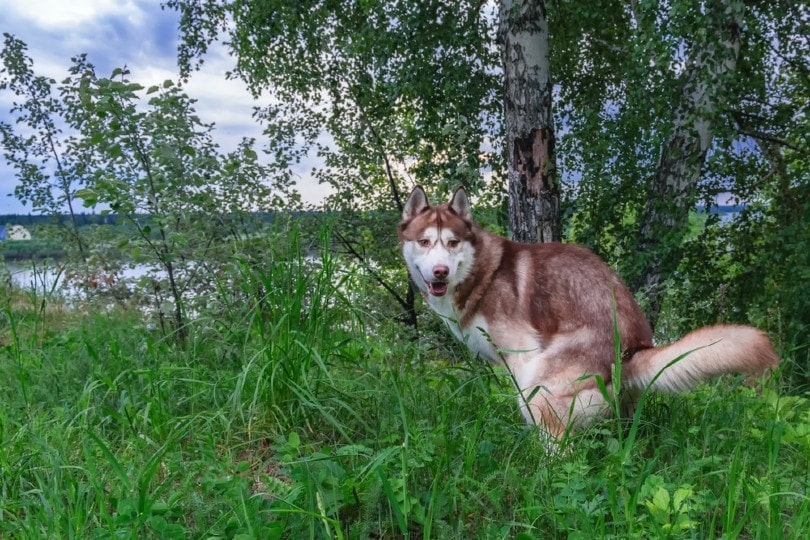15 Havanese Pros & Cons: What to Know Before Bringing One Home
Updated on
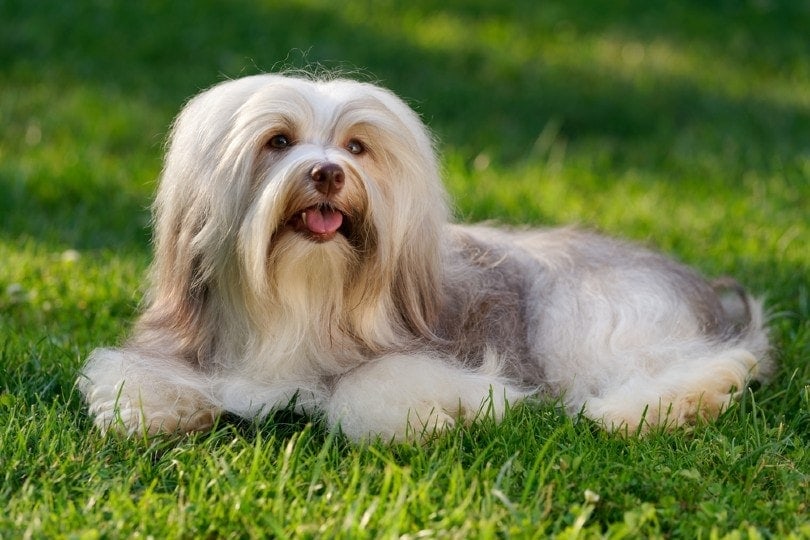
Click to Skip Ahead
What is cute and adorable with a connection to Cuban royalty? It’s the Havanese or Havana Silk Dog! This pup has a long history going back over 400 years. It’s a relative of similar-looking breeds like the Bichon Frise and Maltese. Interestingly, all three have enjoyed life as lap dogs and canine companions. One look at their sweet faces, and you can see why.
While the American Kennel Club (AKC) didn’t recognize it until 1996, it shot to the top in popularity at number 25 by 2021. We’re not trying to be mean by listing the breed’s pros and cons. Remember that it’s essential to research the various dogs to ensure your choice is a good fit for your housing situation and lifestyle. Many of the items can apply to any pup. It’s all about proper training and early socialization.
1. It’s an Ideal Size for Apartment Dwellers
The Havanese is part of AKC’s Toy Group. It only gets up to 13 pounds and less than 12 inches at the withers or base of its neck. This compact size makes it ideal for apartment dwellers.
Many complexes prefer smaller pets, anyway. The Havanese will fit in perfectly with the other canine residents. While it needs daily walks, it’s not as uber-energetic as many other breeds.

2. The Havanese Is Highly Adaptable
Another strong point in its favor is its adaptability. That speaks to the first pro on our list. It also applies to adjusting to your schedule, traveling, and its overall easygoing nature. This pup is intelligent and will be an excellent companion no matter what your lifestyle demands. Just make sure it gets plenty of love and attention.
3. The Havanese Is a Lover
One of the irresistible traits of the Havanese is its lovable personality. This breed wrote the book on being an affectionate pet. It starts even as a puppy with lots of love and kisses to go around to everyone. The breed gets along well with kids and other dogs. We suggest supervising playtime with small children, given the size of the Havanese.

4. Everyone Is a Friend, Human or Canine
Its history probably explains why the Havanese is such a friendly and outgoing dog. This dog is one of the sweetest pets you’ll find. While some people selectively bred canines to be wary of strangers, that isn’t the case with this one. Everyone it encounters is another friend they just haven’t met yet. That makes the Havanese a great choice for households with children and other pets.
5. This Breed Loves to Play
It likely comes from being a lapdog and royal companion. This dog loves to play any chance it gets. It’s not an overly energetic or active breed. It’s also not uber-intense when it plays. Its gentle nature makes things fun. However, you’ll likely get tired of playing fetch before this pup does. It will have no problem keeping up with the kids.
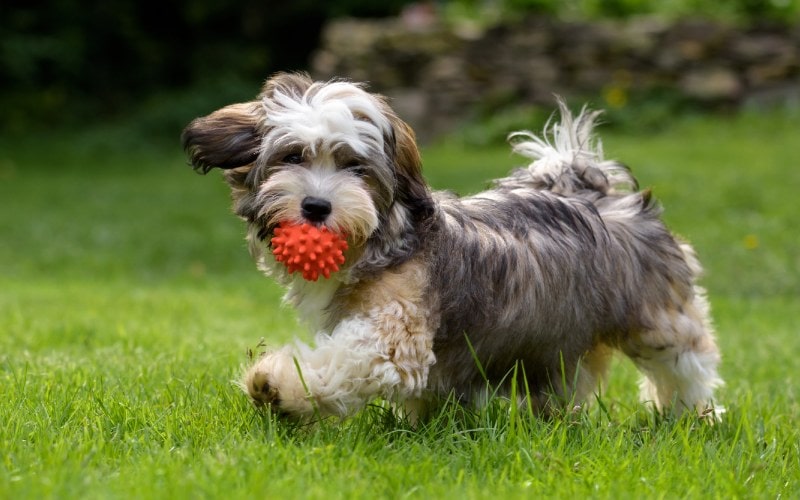
6. They Don’t Shed Too Much
Many people opt for non- or low-shedding breeds because they don’t want to deal with the mess. The Havanese fit the bill on this score. While it loses some fur, it’s not the ordeal you’d have with a pup like a Samoyed or Beagle.
Its coat is silky and more like hair than fur. However, some sellers bill it as a hypoallergenic dog, but it isn’t. Unfortunately, that’s just a myth. There is no such thing as a hypoallergenic dog—yet.
7. The Havanese Is a Quick Learner
The Havanese is a reasonably intelligent dog and, thus, is a quick learner when it comes to commands and tricks. It’s essential to start your pet young with these important lessons. However, you’ll find this pup is more than eager to please. Of course, treats always help.
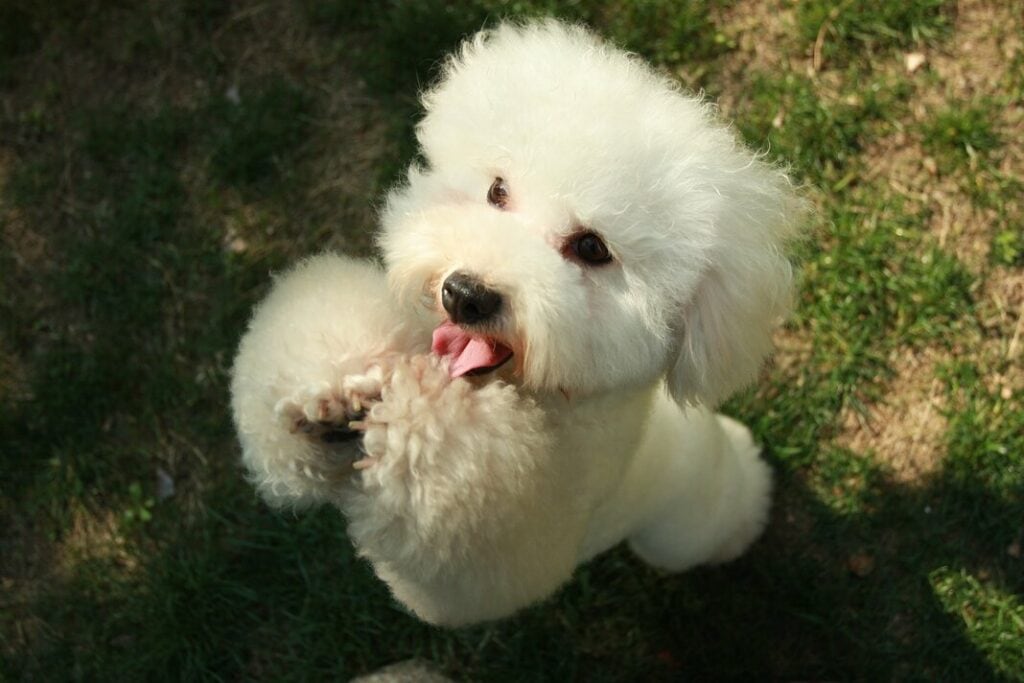
8. This Dog Is Too Cute for Words!
There’s no denying how cute the Havanese breed is. It’s no wonder that it’s such a popular breed. It’s worth noting that it’s the national dog of Cuba, where it originates.
Many people have come under the Havanese’s spell, including Barbara Walters, Donald Trump Jr., Napoleon III, and Ernest Hemingway. The dog’s endearing personality saved it from extinction after the 1959 Communist takeover of Cuba.
The 7 Cons of Owning a Havanese
1. Daily Grooming Is Essential
Probably one of the first things you notice about the Havanese is its long, gorgeous coat. It looks and feels like silk. It will tangle and form mats if the pup isn’t combed daily.
Some owners choose to have the dog groomed. A puppy cut won’t detract from its cute face while making grooming a lot easier for you. We suggest getting your pet used to combing when it’s still a puppy.
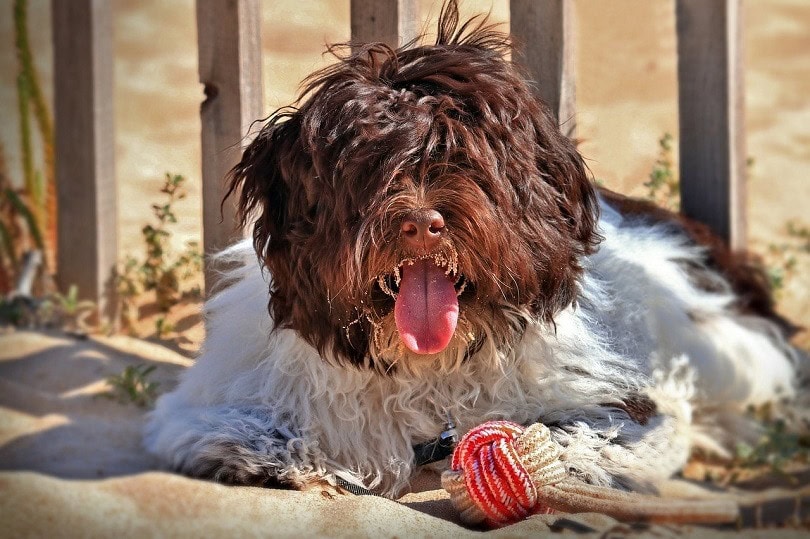
2. Separation Anxiety Is Common With This Breed
You don’t have to research the Havanese breed too long before you come across a reference to the “Velcro dog.” It’s not surprising that a canine bred to be a lapdog would take that job seriously. That makes separation anxiety an issue with this breed. It’s not a dog that you should leave home alone in a crate all day. This pouch demands and needs attention.
3. Barking Can Become an Issue
It’s a curious phenomenon that small dogs act like tough guys. Researchers have theorized that their size might be a factor. Some people may not take a little pup as seriously as a large one, like a Rottweiler.
Small dogs might appear more reactive, particularly when it comes to barking. It’s probably one of the most unwanted behaviors in canines. We strongly urge you to get it under control as a puppy.
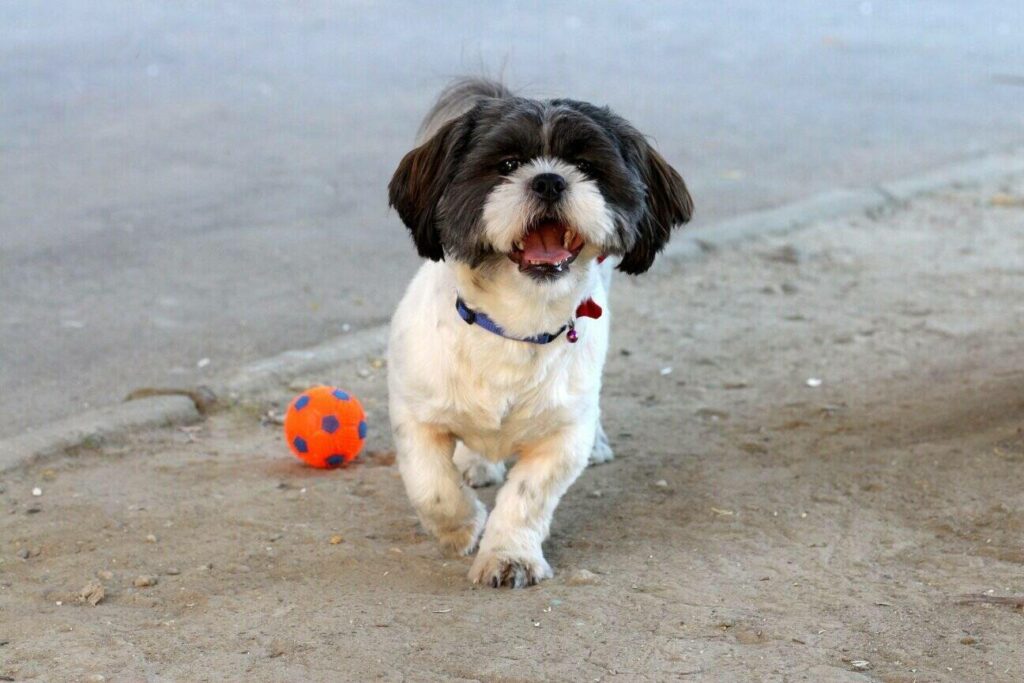
4. They Are Sensitive
Scientists estimate that canines have the emotional maturity of a child that is 2–2.5 years old. They can feel anger, fear, and distress. That comes into play with training.
Harsh words or yelling will traumatize a young Havanese because of its sensitive nature. Therefore, it’s imperative to use positive reinforcement with puppies. Remember that adverse experiences during its fear periods can have lifelong effects.
5. The Havanese Is Susceptible to Weight Gain
We have to admit it’s a self-fulfilling prophecy. A Havanese is so cute, who wouldn’t want to slip it an extra treat? Being overweight increases your pet’s risk of chronic disease and early mortality.
Remember, a 10-pound dog should only get 275 calories a day and treats should only make up 10% or less of its intake.
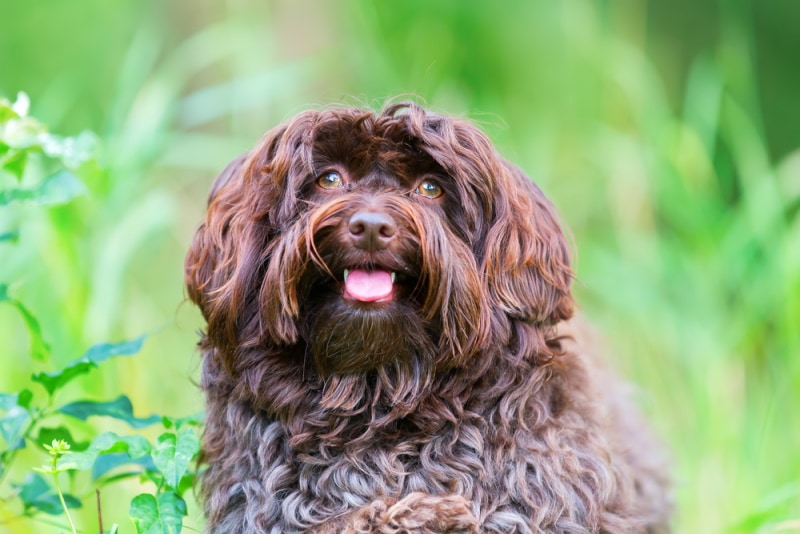
6. This Dog Isn’t Very Cold Tolerant
This con shouldn’t come as a surprise, given its origins in tropical Cuba. Its long coat is deceptive. It doesn’t provide much warmth. Instead, its purpose is to protect the dog’s delicate skin from sunburn. If you live in a cold climate, you should get your pup a winter coat for those chilly morning walks. Boots are also probably a good idea.
7. A Havanese Needs Mental Stimulation to Stay Out of Trouble
Canine intelligence is a double-edged sword. While it helps with training, it also sets the stage for boredom. That’s the last thing you want with a puppy with a mischievous nature.
If you don’t give it something to do, you can be sure it will find something, even if it isn’t appropriate. Make sure to give your pup something it should chew or play with if you catch it being naughty.

Conclusion
The Havanese is a sweetheart of a dog that performs its job as a companion animal quite well. All dogs have their quirks, and this breed is no exception.
Remember that pet ownership carries responsibilities. Knowing what you must watch for can help you make the best choice. If you’re looking for a small and affectionate pup, the Havanese has anyone with the time and energy covered.
See Also:
- 8 Common Havanese Health Issues to Watch For
- 15 Interesting & Unique Havanese Facts You Want to Know
Featured Image Credit: Dorottya Mathe, Shutterstock



